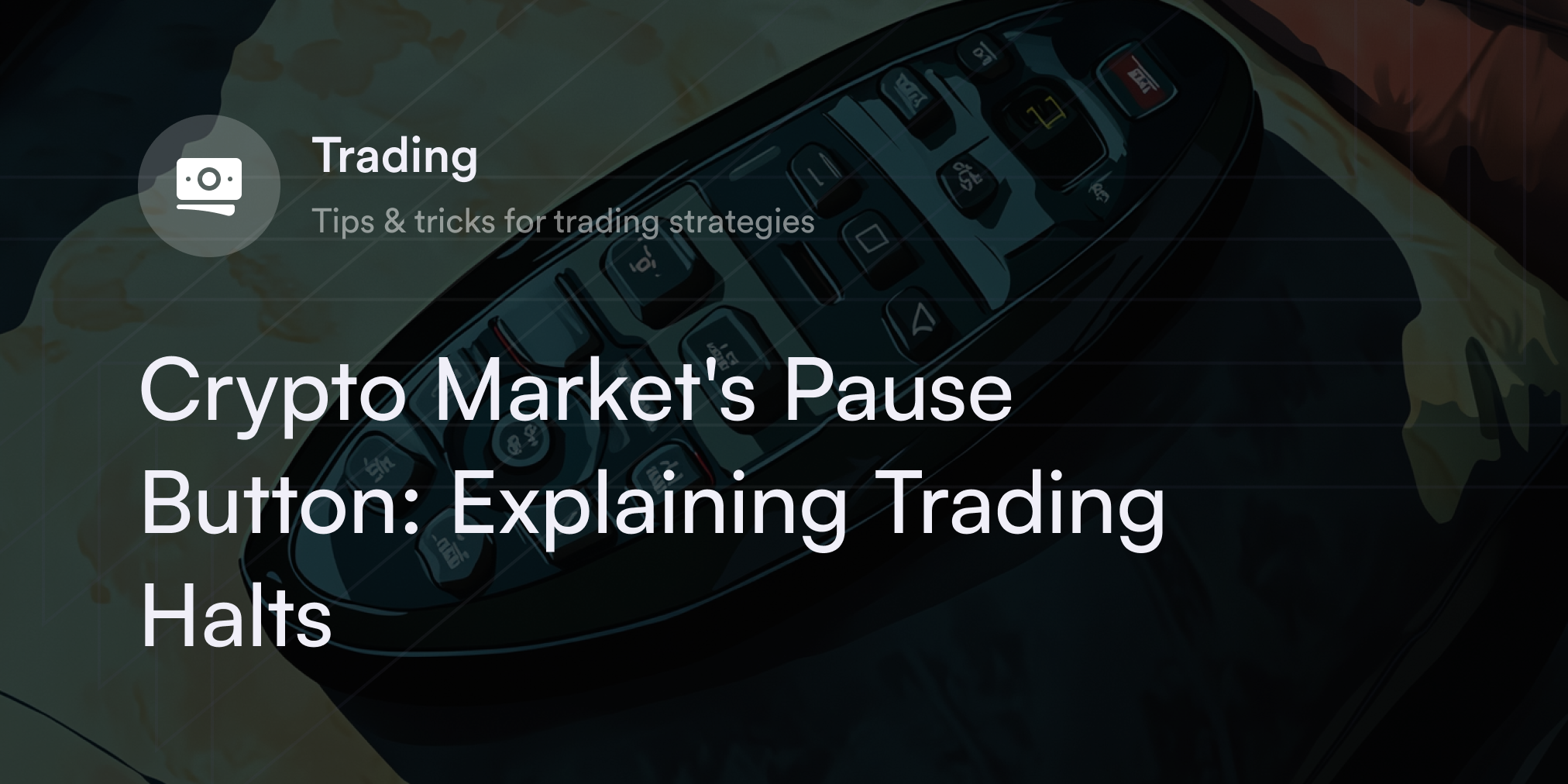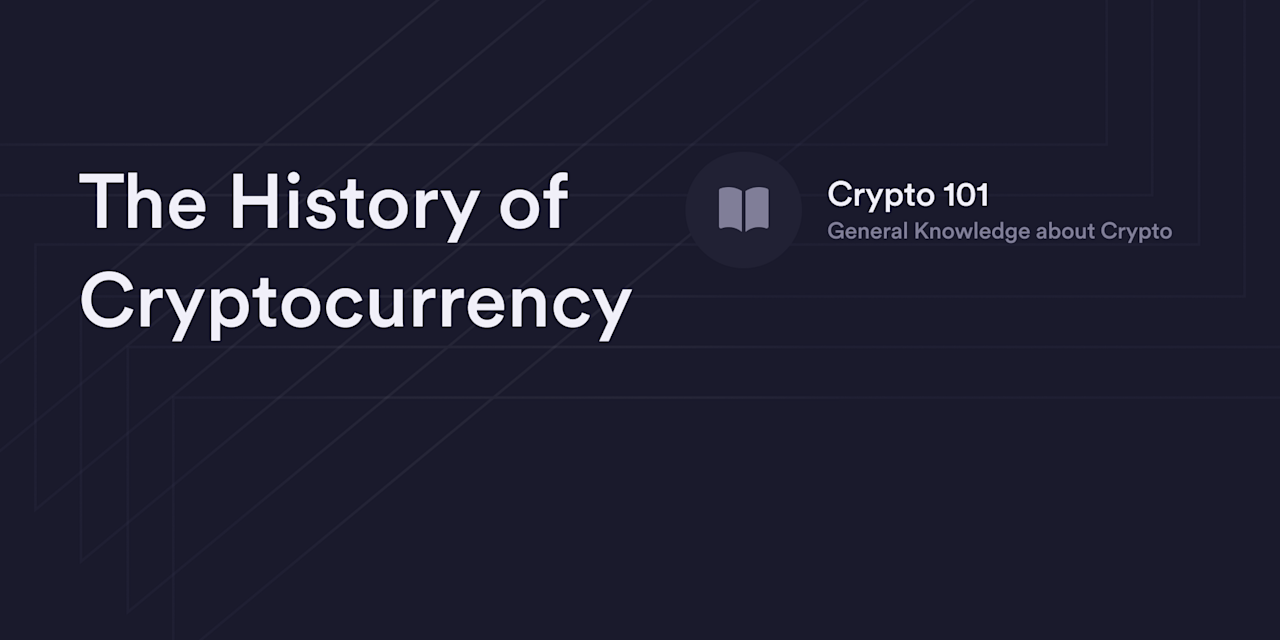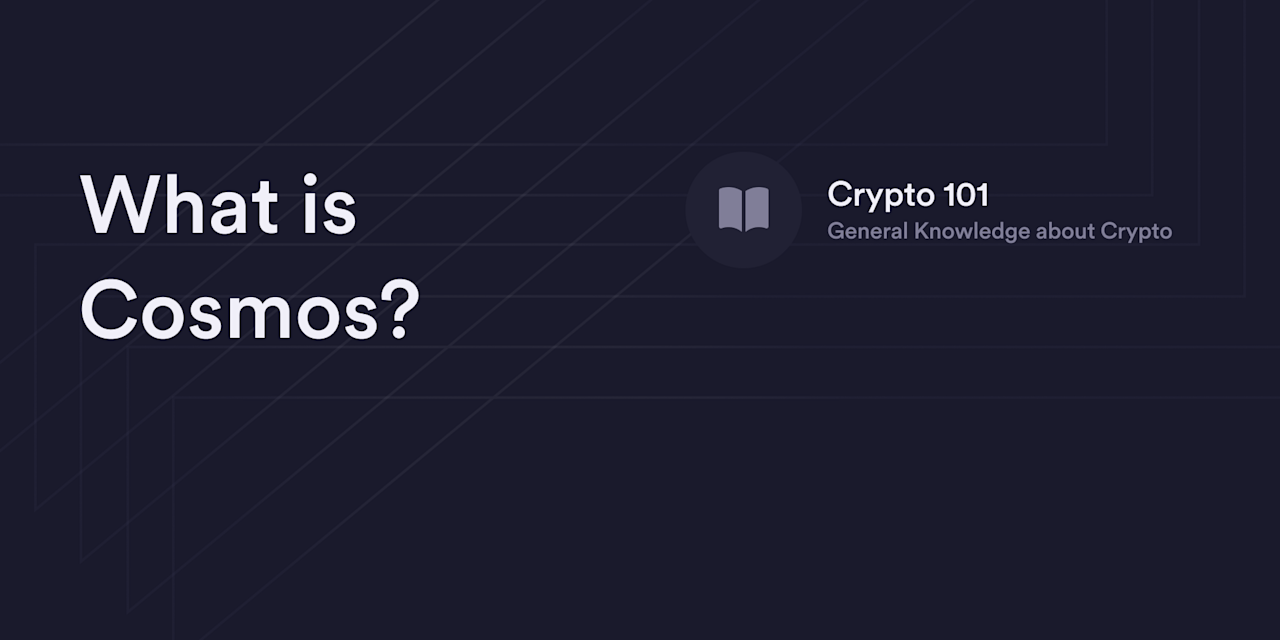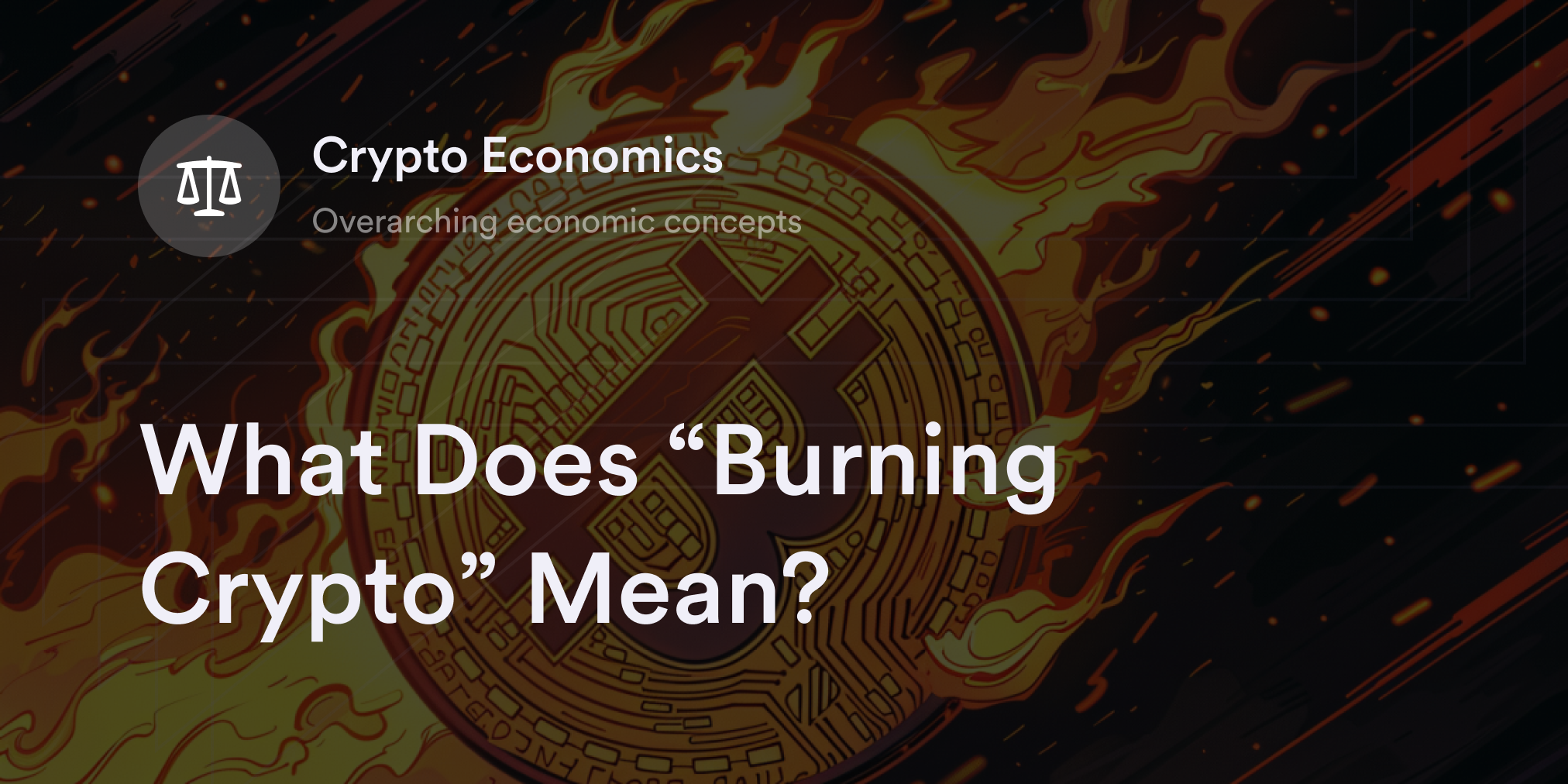


As the world’s largest cryptocurrencies by market cap, Bitcoin (BTC) and Ethereum (ETH) take up much of the spotlight for decentralized digital assets. There are, however, thousands of cryptocurrencies on exchanges, each with unique applications in and out of Web3.
For instance, Litecoin (LTC) has been around since the early days of digital assets and frequently ranks in the top 50 cryptocurrencies by trading volume and market cap. Statistics also suggest LTC is among the most widely used non-Bitcoin cryptocurrencies (called “altcoins”) for in-store shopping and ecommerce alongside ETH and Tether’s USDT.
Litecoin may never outshine Bitcoin or Ethereum, but it plays an influential role in the cryptocurrency market. Read on to discover what Litecoin is, why people use it, and how it differs from Bitcoin.
What is Litecoin?
Litecoin is a peer-to-peer (P2P) digital currency and one of the earliest altcoins in the history of digital assets.
Like Bitcoin, LTC uses a decentralized computer system called a “blockchain” to verify and record transactions on a public payment ledger without a central authority. Computers on the Litecoin and Bitcoin blockchains (called “nodes”) “mine” new coins into existence every few minutes when one node solves an algorithm and contributes to the chain’s validation process.
The reason LTC is almost identical to Bitcoin’s blockchain is no accident—in fact, it’s built into Litecoin’s protocol. Former Google and Coinbase programmer Charlie Lee used Bitcoin’s open-source code as his starting point for the Litecoin blockchain. Lee kept many aspects of Bitcoin’s original design—including its Proof-of-Work (PoW) mining process and finite supply—but tweaked other elements, such as the total number of coins and consensus algorithm, to create a unique offering. In October 2011, Lee officially launched an offshoot (or “fork”) of the original Bitcoin blockchain for the Litecoin cryptocurrency.
Since its 2011 launch, Litecoin has become the “silver to Bitcoin’s gold” due to its close relationship with BTC. Lee remains an active part of the Litecoin community as the leader of the non-profit Litecoin Foundation. However, in 2017, Lee caused a stir in the crypto community when he announced that he sold all of his Litecoin soon after LTC hit a high of $375 USD per coin. Lee explained he was primarily motivated to sell off his LTC to improve Litecoin’s decentralization and eliminate accusations of market manipulation.
How Does Litecoin Work, and What is the LTC Payment Method?
In Litecoin’s PoW model, nodes on a decentralized software protocol compete to solve algorithmic puzzles every 2.5 minutes to confirm a new “block” of LTC transactions and publish them on a public payment ledger. Whichever LTC node solves one of these math equations first receives rewards paid in LTC. Every LTC that enters circulation has to be mined into existence in this PoW process, and the amount of LTC people earn per block diminishes in an event called the “Litecoin halving.” Like Bitcoin, LTC’s inflation schedule drops by half every four years and will continue until Litecoin’s entire coin supply eventually enters circulation and the asset has a 0% inflation rate.
Interestingly, LTC miners also power another popular PoW blockchain: Dogecoin (DOGE). Initially created as a gag, DOGE became one of the most widely-traded cryptocurrencies in 2021 thanks to multiple celebrity endorsements (including Tesla’s CEO Elon Musk). A few years after Dogecoin’s founding in 2013, Lee encouraged the DOGE community to migrate their cryptocurrency onto Litecoin’s network for enhanced security. Now, nodes on LTC’s blockchain secure DOGE’s payment system and earn DOGE rewards for every block they successfully post.
Litecoin Versus Bitcoin: How are These Cryptocurrencies Different?
Because Litecoin draws inspiration from Bitcoin’s PoW design, it shares many traits with the world’s first cryptocurrency. In fact, Litecoin and Bitcoin are so similar that some developers use LTC’s blockchain as a “testing ground” before implementing upgrades to Bitcoin’s blockchain. For example, in 2017, the Canadian cryptocurrency company Blockstream sent the first successful microtransaction on an application known as the “Lightning Network” with LTC. The Lightning Network is a scaling technology that exists on top of Bitcoin’s blockchain and facilitates small BTC transactions with low fees and fast speeds.
Despite their many similarities, there are important distinctions between LTC and BTC. First, LTC has a larger total supply of 84 million coins compared to Bitcoin’s 21 million. In 2022, Litecoin further distinguished itself from Bitcoin with an optional privacy upgrade known as the “MimbleWimble protocol.” Using advanced encryption technology, this protocol obscures a cryptocurrency user’s LTC transaction data. Litecoin also uses the Scrypt mining algorithm instead of Bitcoin’s SHA-256, which helps the LTC blockchain post comparatively faster speeds with lower fees. On average, the Litecoin blockchain publishes a new block of transactions every 2.5 minutes, while it takes Bitcoin miners around 10 minutes to add a new batch of data to its payment ledger.
Litecoin’s Strengths and Weaknesses
Litecoin remains one of the top-performing cryptocurrencies by market cap, and it has many attractive features as a P2P payment system. However, some critics are quick to point out potential weak points in LTC’s design, especially when comparing it to competing cryptocurrency protocols.
Strengths
Relatively Fast and cheap transactions: Litecoin isn’t as quick as newer blockchains like Solana, but it has a verification time of 2.5 minutes with average fees of about $2 per transaction under regular network activity. Compared to Bitcoin, it’s generally far more convenient and affordable to use LTC to make payments or transfer money to friends, family, or exchanges.
Accessibility: Thanks to Litecoin’s longevity and high market cap, it’s one of the most widely-accepted virtual currencies for exchanges, cryptocurrency wallets, and physical Bitcoin ATMs. Whether traders want to buy, sell, or store Litecoin, there are plenty of options available to them in the cryptocurrency ecosystem.
Compliments Bitcoin development: Over its history, Litecoin has played a significant role in many cryptocurrency technologies, including the Lightning Network, atomic swaps, and Bitcoin’s SegWit upgrade. Lee’s openness to exploring new Web3 protocols on Litecoin promotes future growth and innovation in the digital asset industry.
Weaknesses
Fierce competition: Although Litecoin is convenient and widely accessible, it’s far from the only cryptocurrency focused on offering fast and affordable P2P payments. Other cryptocurrencies (such as Bitcoin Cash) and stablecoins (like USDC) threaten Litecoin’s mission. And as Bitcoin’s low-fee Lightning Network grows in popularity, questions surround Litecoin’s purpose and longevity in the cryptocurrency market.
Fears of centralization: At the time of Litecoin’s founding, some cryptocurrency traders grew concerned about growing centralization on Bitcoin’s blockchain as more miners began to use specialized computers called “ASIC mining rigs.” ASIC machines are specifically designed to mine Bitcoin, giving miners who use them a considerable advantage when solving PoW puzzles to claim BTC rewards. Today, it’s a prerequisite for BTC miners to use advanced ASIC rigs to effectively compete for BTC, meaning mining power is concentrated in specialized pools. Lee believed the Scrypt mining algorithm removed the centralization threat because it was more ASIC-resistant. However, manufacturers found a way to make ASIC rigs for the Litecoin blockchain, and recent statistics suggest less than 1% of LTC wallets control over 80% of the circulating supply.
How to Trade Litecoin
To find a complete list of exchanges offering Litecoin trading services, visit a crypto price aggregator site such as CoinMarketCap or CoinGecko and type “Litecoin” in the main search bar. Once on Litecoin’s official page, scroll below LTC’s price chart and click on the “Exchanges” tab to see all the trading platforms offering this cryptocurrency. Because LTC is a mainstream digital asset, it’s a standard option on many major centralized exchanges (CEXs). If traders don’t want to sign up for a CEX to buy Litecoin, some Bitcoin ATMs offer LTC, while fintech apps like PayPal and Venmo host LTC trading.
Trade Low-Fee LTC Perpetuals on dYdX
dYdX offers dozens of altcoin derivatives on our decentralized exchange for eligible traders, including Litecoin perpetual swaps. Eligible traders interested in adding exposure to altcoins like LTC have plenty of options to long or short digital assets on dYdX with up to 20x leverage. For more details on how dYdX trading works—and to continue your cryptocurrency education—check out our blog and dYdX Academy.
Disclaimer
The content of this article (the “Article”) is provided for general informational purposes only. Reference to any specific strategy, technique, product, service, or entity does not constitute an endorsement or recommendation by dYdX Trading Inc., or any affiliate, agent, or representative thereof (“dYdX”). Use of strategies, techniques, products or services referenced in this Article may involve material risks, including the risk of financial losses arising from the volatility, operational loss, or nonconsensual liquidation of digital assets. The content of this Article does not constitute, and should not be considered, construed, or relied upon as, financial advice, legal advice, tax advice, investment advice, or advice of any other nature; and the content of this Article is not an offer, solicitation or call to action to make any investment, or purchase any crypto asset, of any kind. dYdX makes no representation, assurance or guarantee as to the accuracy, completeness, timeliness, suitability, or validity of any information in this Article or any third-party website that may be linked to it. You are solely responsible for conducting independent research, performing due diligence, and/or seeking advice from a professional advisor prior to taking any financial, tax, legal, or investment action.
You may only use the dYdX Services in compliance with the dYdX Terms of Use available here, including the geographic restrictions therein.
Any applicable sponsorship in connection with this Article will be disclosed, and any reference to a sponsor in this Article is for disclosure purposes, or informational in nature, and in any event is not a call to action to make an investment, acquire a service or product, or purchase crypto assets. This Article does not offer the purchase or sale of any financial instruments or related services.
By accessing this Article and taking any action in connection with the information contained in this Article, you agree that dYdX is not responsible, directly or indirectly, for any errors, omissions, or delays related to this Article, or any damage, injury, or loss incurred in connection with use of or reliance on the content of this Article, including any specific strategy, technique, product, service, or entity that may be referenced in the Article.







